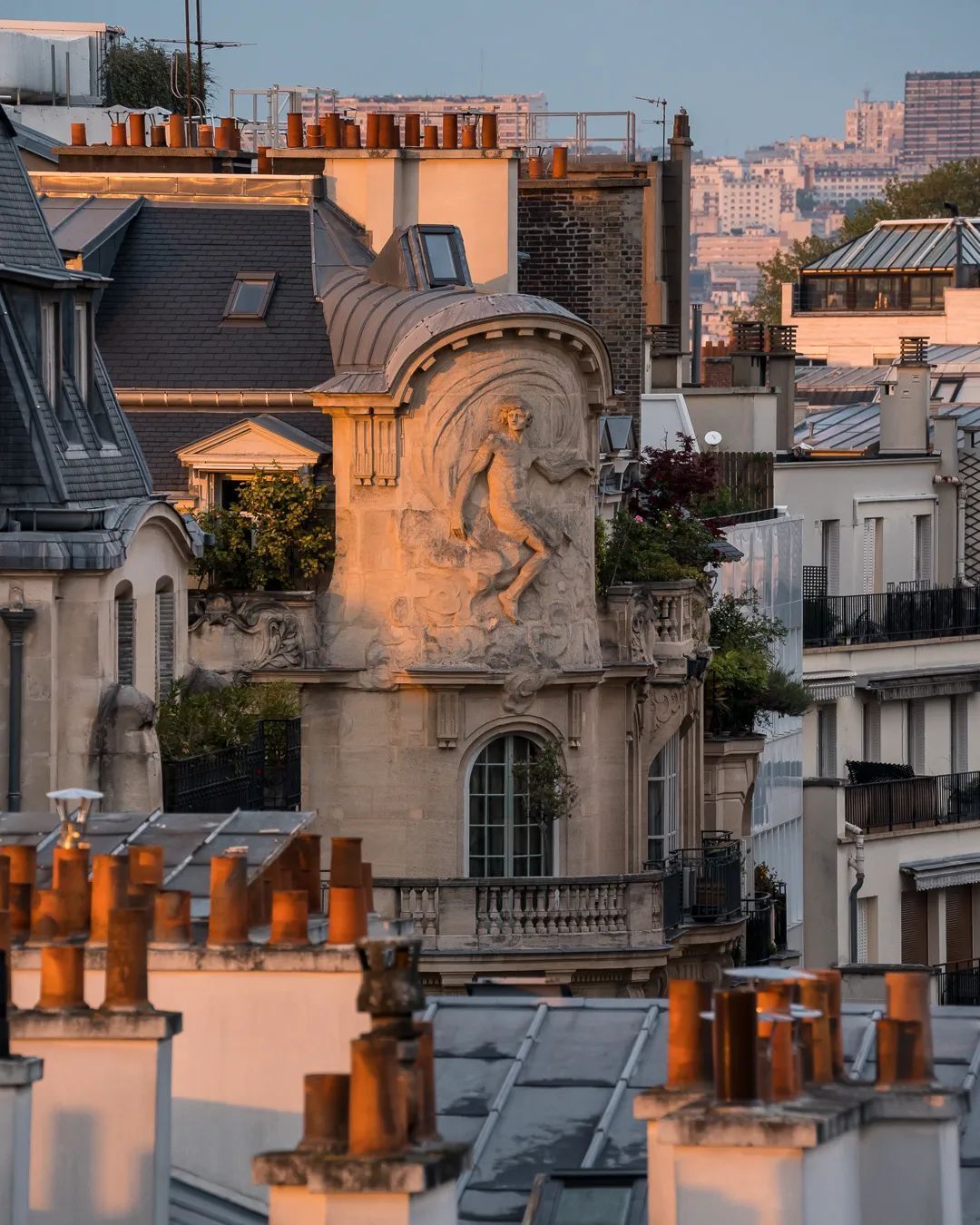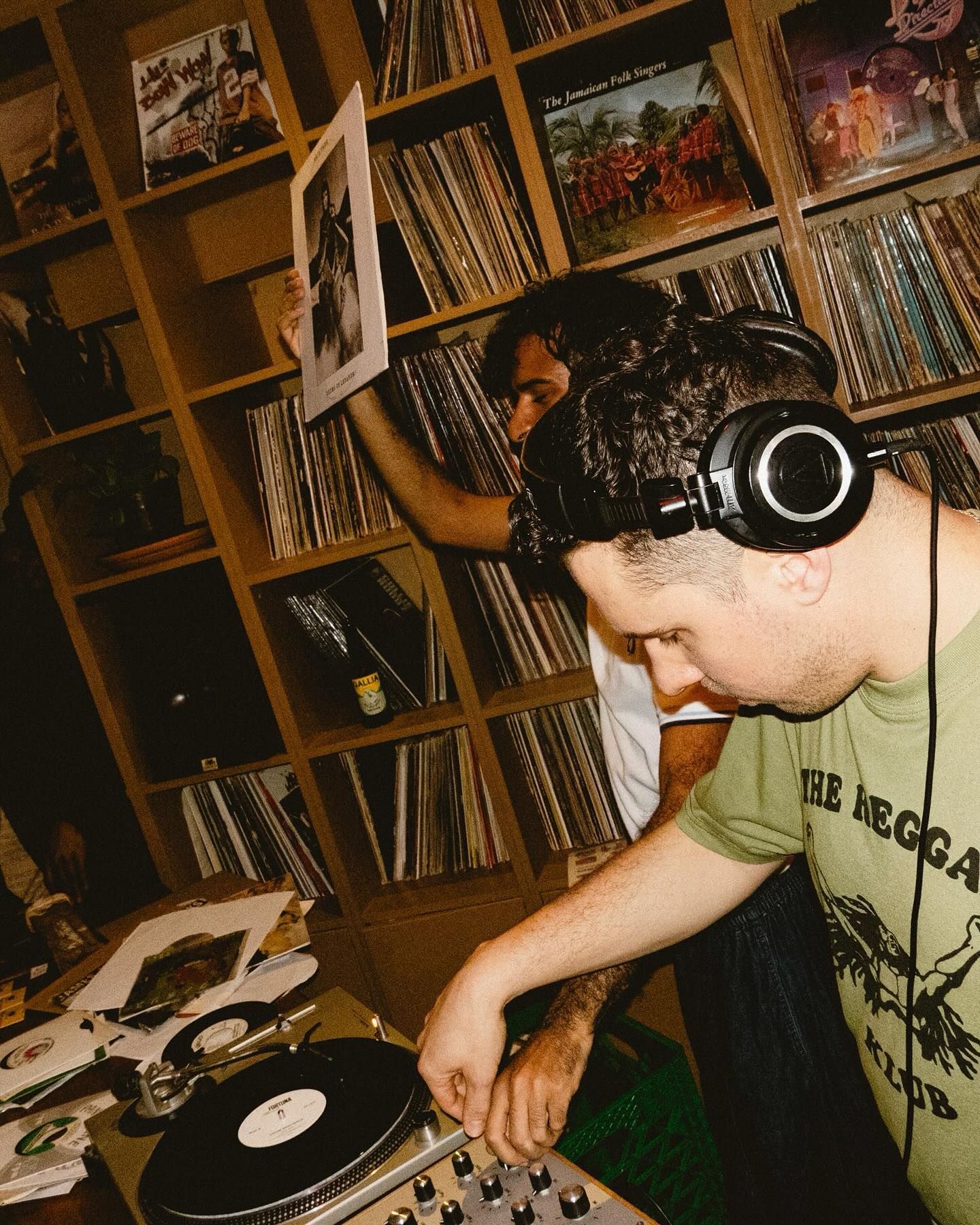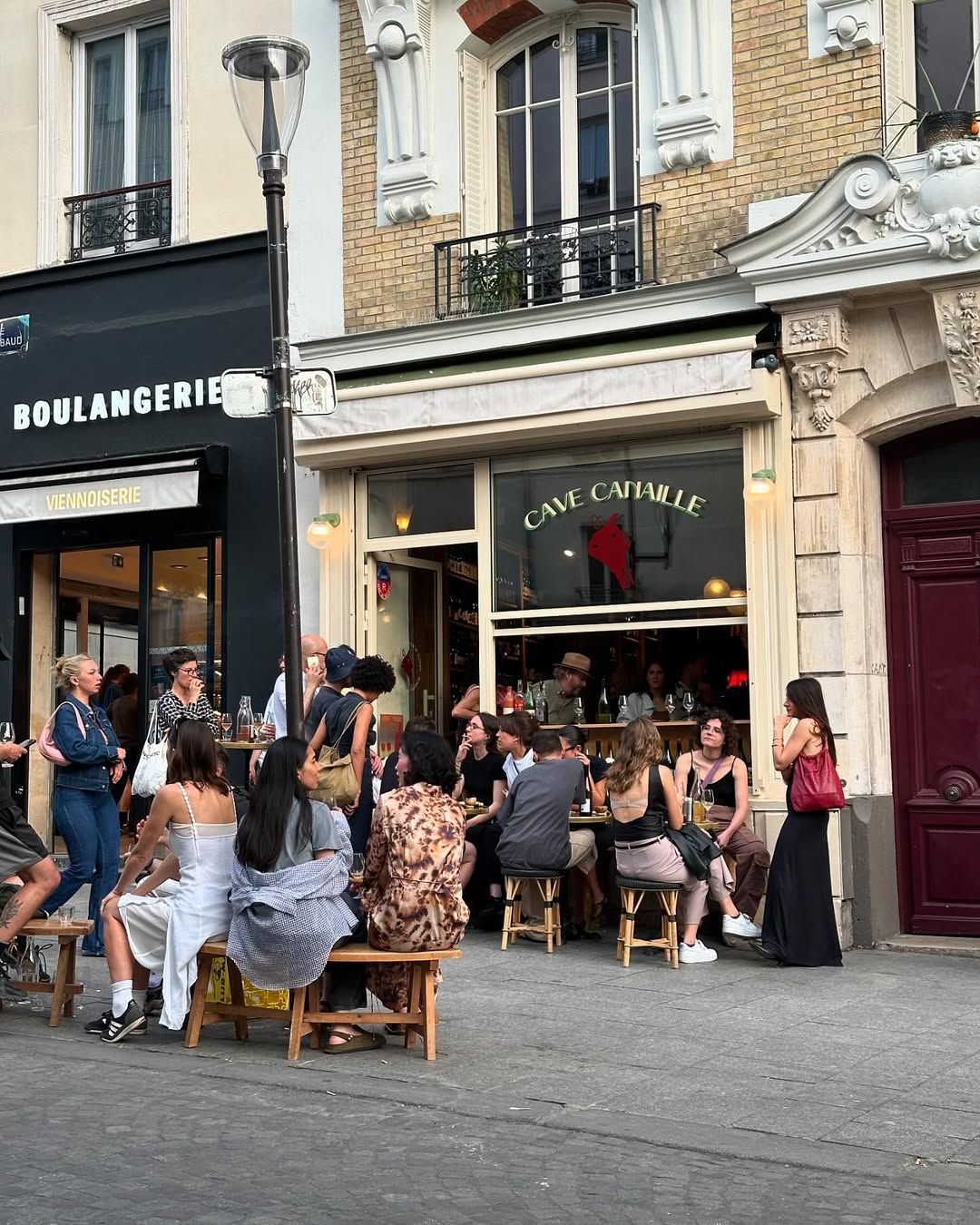
The roofs of Paris potential UNESCO heritage site? Between heritage and climate challenges, a savoir-faire in search of recognition
Perched atop the City of Light, zinc roofs have captivated tourists seeking authentic experiences for centuries, as well as Parisians forever charmed by their hometown. Their metallic sheen, chimney-studded expanses, and elegant dormer curves contribute to the city's unique allure. However, these iconic rooftops are now at the center of a crucial debate. Behind their apparent beauty lie contemporary challenges testing those who craft them. As France prepares to defend the candidacy of Parisian roofers and ornamentalists for UNESCO intangible heritage status, a broader battle is unfolding: how to preserve this historic expertise while adapting it to the demands of climate change and modern requirements?
Paris’ zinc roofs, covering nearly 21.4 million square meters, are not merely architectural elements; born in the 19th century, they gave Paris its globally recognizable appearance. Today, they are an inseparable symbol of the French capital, contributing to its unique aesthetic. As Delphine Bürkli, mayor of the 9th arrondissement, highlights, “Paris from above, you know you're not in any other city.” Behind every roof lies complex craftsmanship. The roofers, masters of tin and lead, and the ornamentalists, who craft bull’s-eyes and ridges, preserve a know-how passed down through generations. Together, they have created an urban landscape where every roof tells a story nearly two centuries old. In 2014, the idea of protecting these roofs as world heritage seemed promising. But the project's scope and fears of limiting construction led to a shift: it’s not just the roofs but primarily the people who create them that are now highlighted. "It became more interesting to showcase the trade itself rather than the roofs," explains Gilles Mermet, UNESCO candidacy coordinator. This recognition would be a breath of fresh air for a struggling profession, struggling to attract new recruits despite its prestigious legacy. Each morning, Paris reportedly lacks nearly 500 roofers to meet demand, underscoring the urgent need to value this expertise.
While zinc roofs are inseparable from Parisian identity, they are also at the heart of modern controversies. These reflective surfaces contribute to the urban heat island effect, exacerbating rising temperatures in an already dense and mineral-heavy city. Nearly 80% of Parisian roofs are covered in zinc, a material that absorbs and reflects heat, raising temperatures in the dwellings below. Recent studies, such as one conducted by Roofscapes, have shown that they can heat the surrounding air by up to 10 degrees above the outside temperature. At night, the temperature of the attics under the roofs can remain up to 6 degrees higher than the lower floors. According to Eytan Levi, architect and co-founder of Roofscapes, "At night, the zinc on the surface cools down, but the heat continues to penetrate inside," worsening living conditions for the residents. Solutions to this problem vary. A 2022 Apur study revealed that 52% of Parisian roofs, too dark, have a low albedo, meaning they absorb heat instead of reflecting it. Some experts advocate repainting zinc roofs in lighter shades to better reflect solar heat. This idea, supported by the “Paris at 50°C” report, suggests that lighter colors could reduce indoor temperatures. However, Gilles Mermet opposes this solution, deeming it costly and unsustainable: "It will raise the price of roof restoration. With the rain, your paint will end up peeling off and running into the sea," he claims. For him, the real issue is the insulation of old buildings, often absent or insufficient, rather than the color of the roofs.
The city of Paris stands at a crossroads. On one side, there is the need to preserve a unique heritage, embedded in the hearts of Parisians and admired by millions of tourists each year. On the other, the obligation to modernize infrastructures to make them more sustainable and resilient in the face of environmental challenges. The recognition of the roofers' and ornamentalists' expertise as UNESCO intangible heritage could have significant repercussions. It could limit modernization possibilities by imposing strict standards for any intervention on protected roofs. However, this recognition would also offer a unique opportunity to revitalize a declining trade and protect an endangered heritage. As Delphine Bürkli pointed out, "The French candidacy is also a reflection on the future of the city and the adaptation of these trades to climate challenges."















































